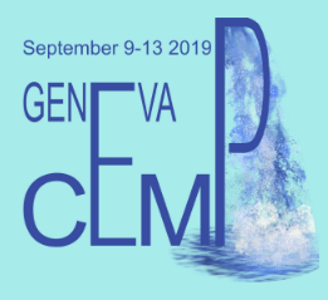Data
CEMP Stars as Probes of First-Star Nucleosynthesis, the IMF, and Galactic Assembly

The beginning of the stellar era in the Universe is a singularly fascinating phase in the history of the Cosmos. The baryonic material filling the Universe at that time, having a composition inherited from Big Bang nucleosynthesis, has its physical characteristics modified by the very first stars. Indeed, the first stars will change the degree of ionized material in their vicinity, and, through their winds and/or supernova explosion, will inject energy, momentum, and newly-synthesized elements. Some pockets of gas, enriched by the first stars, will in turn form new stars, whose initial composition is inherited from the first nucleosynthetic events. These low-mass stars can live sufficiently long to be observed today in halo of the Galaxy, providing the opportunity to obtain information about the very high redshift Universe by the study of nearby stars.
How did these processes happen? How were these processes different from similar ones occurring in the present Universe? What can they teach us about the infancy of the Universe during the reionization era? These are the questions that will be discussed during this workshop, questions that are particularly topical at a time when new facilities, such as SKA, JWST, and the next generation of extremely large telescopes have as one of their prime objectives to probe this very period.
At present, observational constraints on these first stars are scarce and/or indirect. Important constraints come from observations of the elemental abundances of very, extremely, and ultra iron-poor stars that likely formed from the ejecta of the first stellar generations. Of course the full story can be complex, as some elements might be formed by more than one source, and others may be somewhat altered by in-situ processes that occurred in the star that is served today.
Nevertheless, through the accumulation of observational data, progress made in numerical simulations, and in our deeper understanding of the physical processes involved, a much more complete and detailed story can be told.
